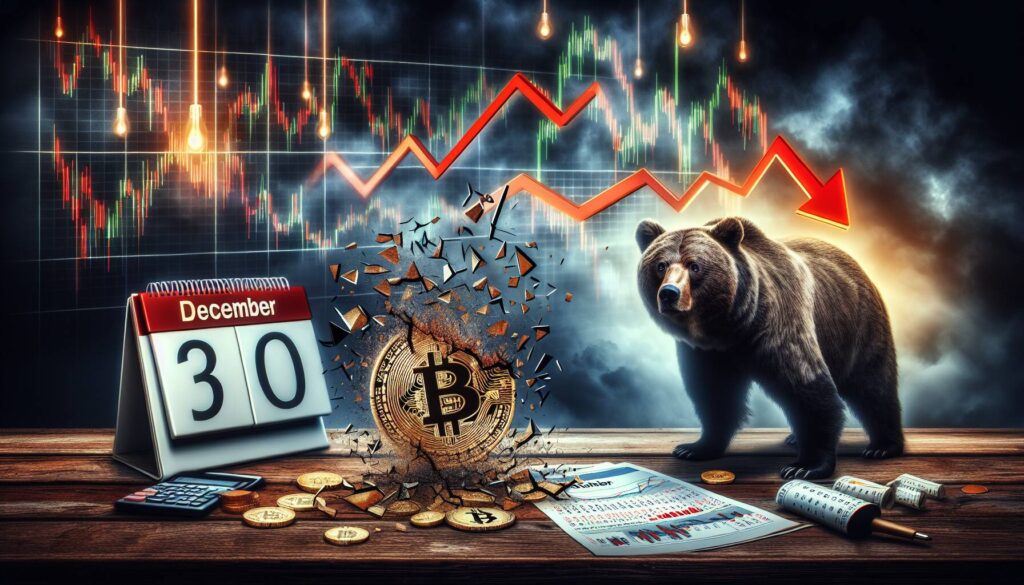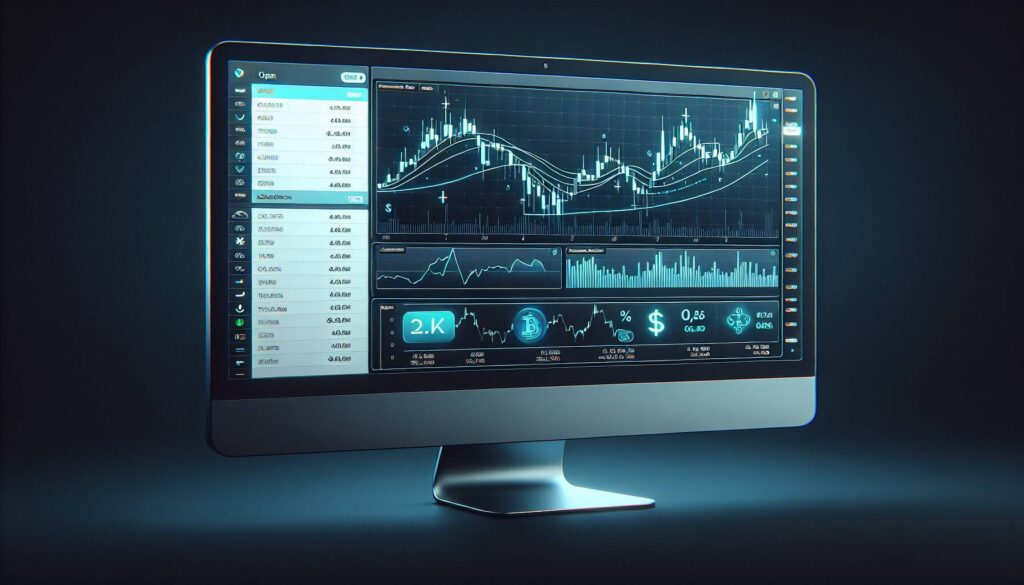The cryptocurrency market has seen a notable shift, with XRP experiencing a significant decline of 4.3% from August 28 to August 29. The dip, which saw XRP fall from $3.02 to $2.89, has raised eyebrows in the trading community, particularly as on-chain data revealed that South Korean exchanges absorbed approximately 16 million XRP—equivalent to around $45.5 million—during this period. This pattern suggests a robust regional institutional demand even as retail investors appear to be reducing their exposure.
South Korea has a reputation for being a catalyst in speculative crypto trading, often influencing price movements in various altcoins through a phenomenon known as the “Kimchi Premium.” The accumulation of XRP by large wallets linked to Korean exchanges may indicate a strategic effort to provide support, effectively absorbing the selling pressure from retail investors. This dynamic paints a broader picture of the cryptocurrency landscape, where large players seem to be positioning themselves favorably amidst fluctuating market conditions.
Throughout this turmoil, there has been a marked increase in XRP Ledger activity, with active addresses rising by 20% recently, coinciding with anticipation for the Decentralized Media launch scheduled for September 12. Furthermore, integration efforts by firms such as the Chinese fintech company Linklogis, which linked its trillion-dollar supply-chain financing platform to the XRP Ledger, further emphasize the growing enterprise adoption of this cryptocurrency.
“Despite the recent sell-off, the absorption by Korean institutions suggests that there is still underlying interest in XRP, potentially laying the groundwork for future price stability.”
As XRP traded in a range of $0.17 during the 24-hour session, the market remains vigilant. With support emerging at key price levels of $2.85–$2.86, traders are watching closely to see if this selling pressure can stabilize, or if risks will materialize further below. The tug-of-war between institutional accumulation and retail distribution remains a central theme as we head into a crucial month for XRP, along with pivotal events on the horizon.

XRP Market Analysis and Impact
Key points from the XRP market analysis and their potential implications for readers:
- XRP Price Decline:
XRP fell 4.3% within 24 hours, highlighting the impact of market conditions on cryptocurrency values.
- Korean Exchange Activity:
Korean exchanges acquired 16 million XRP ($45.5 million) during the selloff, indicating institutional demand amidst retail selling.
- Speculative Trading Environment:
South Korea’s history of speculative cryptocurrency trading influences market dynamics and might affect trading strategies.
- Distribution vs. Accumulation Narrative:
Contrasting actions of global traders, with whales distributing DOGE while Korean institutions accumulated XRP, offer insights into market trends.
- XRP Ledger Developments:
Increased activity on the XRP Ledger ahead of significant launches indicates growing user engagement and potential investment opportunities.
- Integration with Fintech:
A Chinese fintech firm’s integration with the XRP Ledger highlights enterprise adoption, which could drive future value.
- Technical Support and Resistance Levels:
Key trading levels identified for XRP may influence decision-making for both short and long-term investors.
- Market Watch Factors:
Traders are observing support levels and institutional accumulation, which could dictate potential price movements.
XRP Market Dynamics: A Comparative Analysis of Current Trends
In the rapidly evolving crypto landscape, the recent performance of XRP highlights distinct competitive advantages and disadvantages relative to similar altcoins. The notable 4.3% decline during a market downturn underscores a trend common to cryptocurrencies: heightened volatility driven by broader market sentiments. However, the data reveals a silver lining; Korean exchanges absorbed approximately $45.5 million in XRP during this sell-off, indicating a robust regional institutional appetite which provides a support level amidst retail withdraws.
This absorption trend mirrors past behavior seen in altcoins experiencing the “Kimchi Premium,” where speculative trading in South Korea often propels price action. Such dynamics suggest that XRP has a unique edge by leveraging local market strengths for stability. In contrast, during the same period, major moves by whales shifting $200 million in DOGE to Binance signal a distribution strategy that could lead to declines in that asset as market confidence wanes.
The implications for institutional and retail traders are significant. For those invested in XRP, the accumulated support at $2.85–$2.86 represents a favorable entry point, especially as active addresses on the XRP Ledger increased by 20% in three days, amplifying potential engagement as the decentralized media launch approaches on September 12. However, caution must be exercised; should the support level at $2.77 falter, the potential for deeper losses becomes a pressing concern.
Furthermore, the integration of XRP Ledger by Chinese firm Linklogis, showcasing enterprise adoption with a 23% equity boost, elevates XRP’s status on the institutional front. This could attract additional corporate interest, fostering a network effect that may improve overall market sentiment. Nevertheless, challenges remain; the need for XRP to break the $3.02–$3.04 resistance must be prioritized to maintain upward momentum and prevent a retreat into more bearish territory.
Ultimately, XRP’s current trajectory sets the stage for both opportunity and risk. Institutional investors could find favorable conditions to accumulate, while the uncertain retail sentiment underscores a more precarious environment for average traders. The balancing act between accumulation support from institutional players and potential retail capitulation could define XRP’s next phase as it navigates the complexities of the broader market landscape.

















